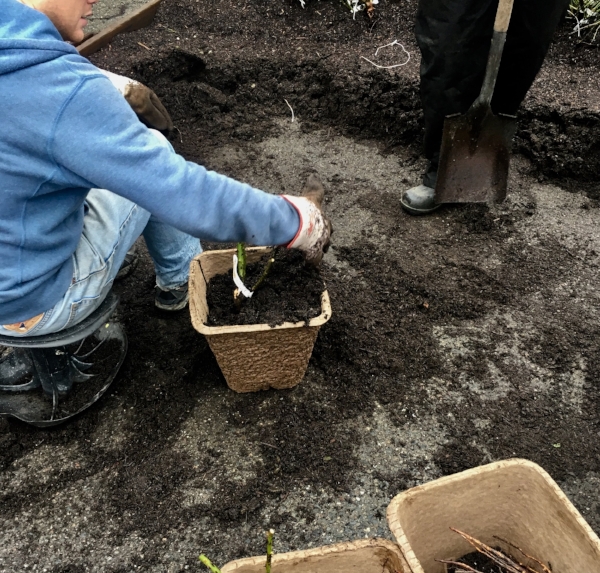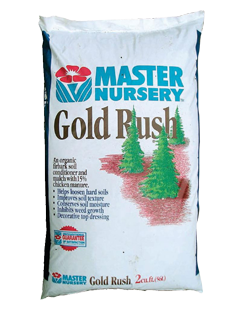It's time to harvest your winter veggies! As the harvest season continues, we'll be covering all you need to know for a successful picking. Stay tuned for more!
COLLARDS
Harvest young plants or lower leaves on older plants. Leaves should be young and tender. Taste improves with cool weather.
MUSTARD GREENS
Mustard greens can be eaten raw or cooked. The whole plant can be cut at once or individual outer leaves can be picked for a cut-and-come-again harvest. The young leaves, four to five inches long, are mild-flavored and can be eaten raw in salads. The older leaves taste better when prepared as cooked greens. Avoid yellow, over mature mustards with seeds or yellow flowers attached.
When choosing mustard greens, know that the smaller, more tender leaves of spring will generally be milder in flavor than the mature leaves of summer and fall. If you don't find the flavor of the raw leaves too harsh, try adding a small amount to a salad for a lively, peppery accent. To tame the bitterness, use a combination of heat, salt and fat. We like mustard greens just lightly wilted, blanched, or sautéed to retain the bright color and texture, but they can also be boiled or braised longer to soften the flavor. Ingredients that help balance the bitterness include salt, soy sauce, bacon, prosciutto, toasted nuts, olive or sesame oil.
PEAS
English: The pea pods should look and feel full. Peas are sweeter if harvested before they are fully plumped. Peas really need to be tasted (raw) to determine if they are sweet enough.
Edible pod: Harvest when the pods are fully developed, but before seeds are more than half size.
KOHLRABI
Harvest once the kohlrabi "bulb" is between two and three inches in diameter for best texture. Too much longer than that and it will be tough and woody. It keeps well 7 - 10 days if stored in a cool place.
There are two varieties of kohlrabi. One is purple and the other is pale green. They both have the same mild and fresh tasting flavor, not dissimilar to water chestnuts. Kohlrabi is neither as peppery as a turnip nor as distinctive as cabbage, but easy to see why people think it is a little of both. It can be served as an alternative to carrots and turnips, nicely steamed and whipped.
Although kohlrabi is not a very popular vegetable in North America, it is commonly eaten in Europe, as well as in China, India, and other parts of Asia. The bulbs are often sliced and eaten in salads and the greens are cooked in mustard oil with garlic and chilies.
Very small kohlrabies are tender and can be cooked whole. However, if they are and bigger than 2 inches in diameter, they can be stuffed. To do this, hollow out a little before cooking and then stuff with onions and tomatoes, for instance. For sliced kohlrabi, cook until just tender and serve with butter or a creamy sauce. They can also be cooked long and slow in gratin dishes, parboil them and bake in the oven covered with cheese sauce.
Read on for a delicious Roasted Roots with Kale, Mustard Vinaigrette, and Farm Egg recipe!
CARDOONS
High in potassium, iron, and vitamin A and C, cardoons are too bitter and tough to eat raw, but once cleaned and cooked, they are an unusual, tender delight. The stalks are dipped into the wonderful Piedmontese bagna cauda, a hot dip of olive oil and anchovies, and take well to frying, roasting, and making into soup.
Select bunches with firm, fresh turgid stalks, fresh looking leaves, and lots of available inner stalks. Keep in mind that the very tough outer stalks must be removed and discarded, so a good batch of inner stalks is important.
Place cardoons in a plastic bag or wrap in a damp kitchen towels and keep in the refrigerator for a day or two. They are best when fresh, and since the take up a lot of space in the refrigerator, it is wise to prepare them soon after harvest.
In preparing, strip away and discard the tough outer stalks. Using a stainless steel or carbon-stainless steel alloy knife, strip the inner stalks of any thorny spurs and fibrous stings, much like you clean celery. Cut the stalks as directed in individual recipes and, if not put into liquid to cook immediately, immerse in water to which lemon juice has been added to stave off browning. You will usually need to simmer the cardoon pieces in liquid for 40 - 60 minutes, or until they are tender, before using them to fry, in gratins or soups. They are also good sautéed with olive or served with a cheese sauce.






















